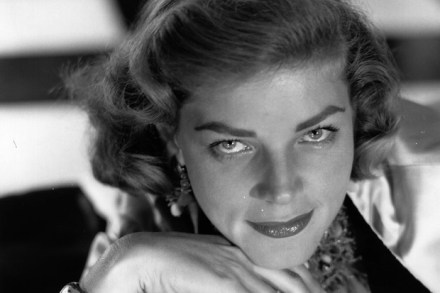My addiction to the bullet train
In 1963, Dr Richard Beeching, an ICI director with a PhD in physics, a qualification that clearly boondoggled his credulous political patrons, published a government report called ‘The Reshaping of British Railways’. It identified 8,000km of painstakingly created track for closure. At the time, road transport seemed just the thing. Lorries? Bring them on! Commuting by car? What could possibly be the objection? Beeching was a tragic case-study in mandarin myopia. It was not so much that he did not hit the target. He couldn’t even see it. The year after Beeching, Japan inaugurated its Shinkansen, the world’s greatest high-speed railway. The year after the Shinkansen, work began in Bristol




















